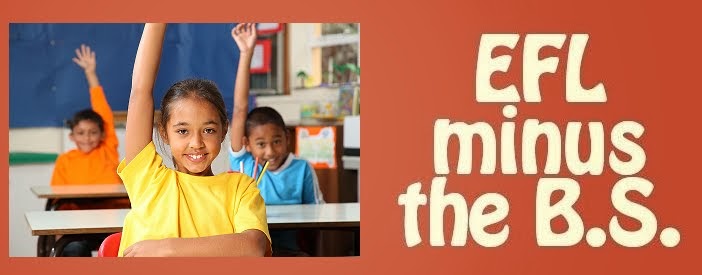TEACHING TEENAGERS
(Daniel in the lions' den)
“Ah, Don.”
“Yes?”
“We’d like you to take over
teens’ class EM12 as of next week.”
“Huh? Why?”
“Well, their current teacher is
having a nervous breakdown, the one before him resigned overnight, and the one
before that got fired for clipping two of the students over the ear.”
The above conversation, or
something like it, took place in Korea, and I asked if I could have extra money
for teaching the bunch of unmanageable little beasts. The manageress, bless her
heart, said yes. “We’ll call it ‘combat pay’,” she said. Not every school is as
accommodating. They’ll usually just
throw you into a teenagers’ class without explanation or apology, rather like
Christians got thrown to the lions in Roman days.
So, how do you manage an unruly,
hell-raising teen class when they have no interest in English, and no intention
of studying? I wish I could impart a general strategy guaranteed to capture
their interest and whole-hearted cooperation, but I haven’t discovered it yet.
Instead I’ll just give you some hints about what has worked for me from time to
time.
In the Korean class I mentioned
above, I told them a joke one day (Man
wakes up in hospital and the doctor says: “I’ve got good news and bad news. The
bad news is we’ve had to amputate both your legs. The good news is that the man
in the next bed has offered to buy your shoes.”) I then assigned two of the
students to do a role-play of the story. What ensued was one of the most
hilarious fifteen minutes I’ve ever had in any class, anywhere.
I’ve also had some success in
telling teenagers stories. It’s a good move to adopt the pre-school teachers’ technique
of repositioning the students nearer to you – perhaps sitting on the floor
around you – before telling them the story. This, for some reason, quietens
them down and makes them more receptive. I usually tell them a fairy-tale; one
that they’re familiar with in their own language, for example Little Red Riding
Hood. I have a few blown-up pictures of Little Red, Grandma, and the wolf, and
I also have a cardboard replica of the wood-cutter’s axe. Like I say, this is
usually successful. If the students are confident enough, you can get them to
role-play the story afterwards.
Bringing in realia from home is
also a useful ploy. I took my remote-controlled toy helicopter into one
particularly nightmarish class once, and it captured their attention for all of
fifteen minutes. It didn’t elicit much English, but in a teenagers’ class, who
cares? As long as you can shut them up for a period of time, you’ve done well.
And no student is going to go home and complain “We didn’t study much English.
We just played with a toy helicopter!”
Another thing that has worked
for me. Magic tricks. I do a few simple magic tricks, then teach the class how
to do them. In fact this has worked almost too well. In subsequent lessons,
their constant demand has been “More magic!” You’ll also find that some of the
kids can do tricks of their own, and are only too willing to demonstrate them
to the class.
Well that’s it. A joke and a
role-play, a story and a role-play, realia, and magic. Not much, is it? A
pretty poor offering from someone who’s been 40 years in the classroom. Ok, ok,
I’ll admit it, but then teenage classes are a species outside the normal
parameters. But anyway, why do these particular four activities work with
teenagers? The answer, I think, is the one thing that the four activities all have
in common. They’re mostly student-centered rather than teacher-centered. Wow! I
may have just stumbled upon the one general strategy guaranteed to capture
teenage students’ interest and whole-hearted cooperation! Gee, I’m good! And
you read it here first!!!

hey,i read ur blog yesterday, and today i did the doctor/amputation joke and roleplay. It worked well, and in fact i got more attention from my bunch of little brutes than i ever had before. Good stuff - keep it coming
ReplyDelete